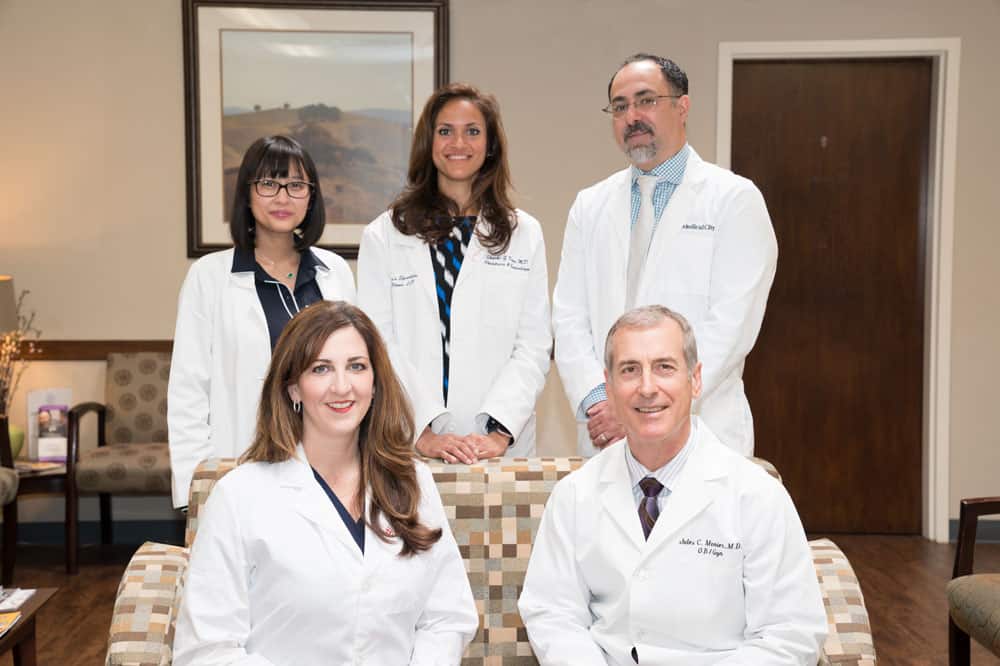Osteoporosis & Bone Density Testing Specialists

Bone density testing is the only test that can diagnose osteoporosis before a broken bone occurs in residents of Plano, Frisco and Dallas, Texas. This test, available at Women’s Specialists of Plano, helps to estimate the density of bones and help patients take measures that help reduce the risk of breaking a bone. Contact the WSOP team today!
An Overview of Osteoporosis and Bone Density Testing
Osteoporosis, or porous bone, is a disease characterized by low bone mass and structural deterioration of bone tissue, leading to bone fragility and an increased susceptibility to fractures, especially of the hip, spine and wrist, although any bone can be affected. Bone density testing is the only test that can diagnose osteoporosis before a broken bone occurs in residents of Plano, Frisco and Dallas, Texas. This test, available at Women’s Specialists of Plano, helps to estimate the density of bones and your chance of breaking a bone.
The World Health Organization has established the following definitions based on bone mass measurement at the spine, hip, or wrist in white postmenopausal women:
- Normal: BMD is within 1 SD of a “young normal” adult (T-score at -1.0 and above)
- Low bone mass (osteopenia): BMD is between 1 and 2.5 SD below that of a “young normal” adult (T-score between -1 and -2.5)
- Osteoporosis: BMD is 2.5 SD or more below that of a “young normal” adult (T-score at or below -2.5). Women in this group who have already experienced one or more fractures are deemed to have severe or “established” osteoporosis
Although these definitions are necessary to establish the prevalence of osteoporosis, they should not be used as the sole determinant of treatment decisions.
FRAX®: The World Health Organization (WHO) introduced the Fracture Risk Assessment Tool (FRAX) which can help estimate the risk of breaking a bone within the next 10 years. This may aid in the decision regarding the usage of an osteoporosis medicine. The FRAX® tool uses information from a bone density test and other risk factors for breaking a bone to estimate a 10-year fracture risk. (Age, Sex, Weight, Height, Previous Fracture, Parent Hip Fracture, Current Smoking, Glucocorticoids, Rheumatoid Arthritis, Secondary Osteoporosis, Alcohol Consumption, BMD).
Bone and calcium metabolism are very important concepts for everyone, especially women to understand. The consequences of bone mineral loss can be very significant causing pain, fracture and even death as a complication of surgery required for fractured hip.
The body utilizes calcium to build and strengthen bone. Vitamin D facilitates utilization of calcium. Bone has osteoblast cells that take calcium from the bloodstream to incorporate it into bone and osteoclast cells to release calcium from bone into the bloodstream. This process is primarily under the control of the brain, pituitary and parathyroid glands. When the brain determines there is not enough calcium in the blood, it sends a message to the pituitary gland. In turn the pituitary gland sends a message to the parathyroid gland which stimulates the osteoclasts to release calcium into the bloodstream.
This process is influenced by body build, genetics, diet, exercise and hormones. With satisfactory intake of calcium and weight bearing exercise, a premenopausal woman usually will have a positive calcium balance with the osteoblasts laying down more bone than the osteoclasts are removing. Petite, fair completed, postmenopausal women with a family history of osteoporosis are very vulnerable to develop osteoporosis.
Because we cannot see our bones, in most cases this is a silent process in the absence of a fracture. Current thought is that the hall marks of osteoporosis prevention are adequate calcium intake, vitamin D and weight bearing exercise:
- Calcium: There is now some concern that the calcium supplements may provide too much calcium in the bloodstream creating the possibility that calcium many be deposited in arteriosclerotic plaques on blood vessel lining. The recommended daily intake of calcium is 1200 to 1500 mg. per day total. The more calcium that can be ingested from dietary sources the better; the remaining amount may be taken as a supplement.*
- Vitamin D: With more awareness of the consequences of direct sun exposure, vitamin D deficiency has dramatically increased as ultraviolet rays from the sun aids in synthesizing vitamin D in the skin. Vitamin D daily requirement is 800-1000 units per day.
- Exercise: Weight bearing exercise – walking is the best. Thirty minutes daily. Pace of walking is not an issue for this exercise; walking at pace will satisfy this requirement and may aid in cardiovascular fitness and weight maintenance or reduction.
Bone Density Testing is based on individual criteria. Consult your physician to determine when Bone Density Testing is appropriate for you.
*Calcium supplements tend to cause constipation and gas. In addition calcium absorption from the intestine is rate limited. Begin calcium supplement intake with a small dose (one pill or cap) for one month, then increase by taking a second one in the afternoon or evening. Continue to increase until the total calcium intake (diet plus supplement) totals 1200 to 1500 mg./day in divided doses.
For additional information on osteoporosis and the importance of bone density testing, please contact the office of Women’s Specialists of Plano, serving the communities of Plano, Frisco and Dallas, Texas.
